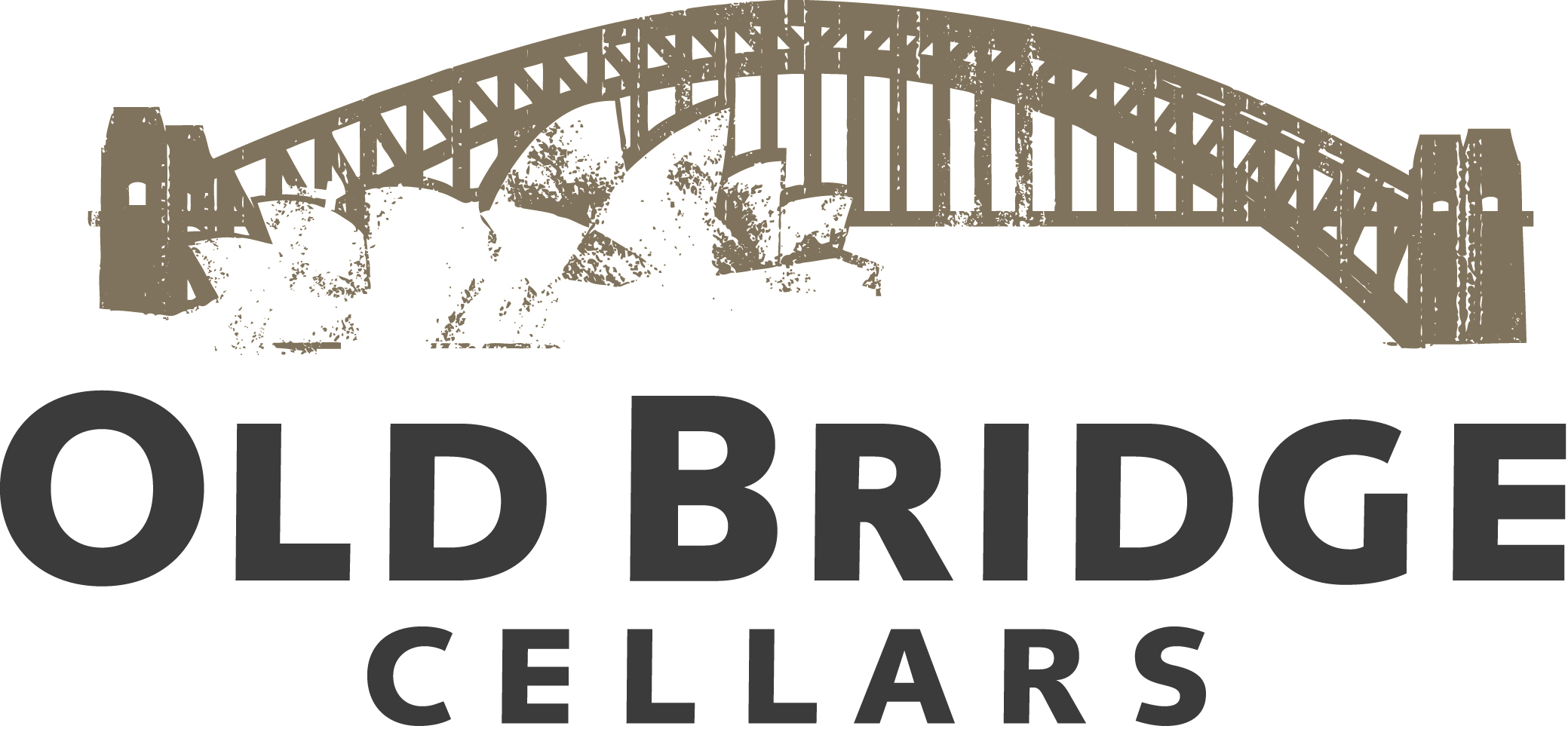Oregon 2012/2013: Praxis Makes Perfect
The Wine Advocate
March 31, 2015
by Neal Martin
Ten thousand meters above endless Canadian wasteland, Beck strumming in my headphones, I ponder what lies ahead in the Beaver State. This is my first venture to the Pacific Northwest of the USA. Two weeks of tasting lay ahead. Nothing can match the inaugural visit to a wine region inasmuch that it is the solitary occasion you can pack a blank page upon which to draw your opinions. That is not strictly true. Of course, numerous Oregon Pinot Noirs have crossed my palate over the years. However market penetration on this side of the Atlantic is minimal, save for a small cluster of well-known names. In fact, one major UK importer told me that many of his consumers presume that it is part of California!
Fresh in my mind are some five weeks of tasting 2013s in Burgundy but rest assured, my context is not limited to the confines of the Côte d’Or but embraces time spent in New Zealand, South Africa and Chile inter alia. I have never subscribed to the view that “Pinot Noir worth talking about” stops at the RN74. Previous reports in this very publication attest to that. Yet there is no escaping the fact that the greatest Pinot Noirs are born in its spiritual home. I’m not expecting Oregon to be a Burgundy substitute. I would not want it to be. It’s a fledgling industry in comparison. A month after my visit in January 2015, Oregon’s winemakers will toast the 50th anniversary of the first plantings by David Lett, whereas Burgundy’s roots stretch back to medieval Cistercian monks. It is not fair to judge them side-by-side… is it?
I switch from Beck to the film: “Maps To The Stars.” I consider the consumer with fifty dollars to spend on a bottle of Pinot Noir. Should history enter the equation? Of course not! Nobody in their right mind would forgive me for praising a sub-standard Oregon Pinot Noir and excusing shortcomings simply because of the region’s relative infancy. That is disingenuous and misleading. Paramount is the quality of the wine in the glass; irrespective of whether the vigneron can trace their winemaking heritage back to Bacchus’s great aunt, or whether the winemaker planted their first vines ten years ago. Likewise my enjoyment of this film is not based upon when it was made, the country where it was filmed or whether the director won an Oscar for their last release. My appreciation derives entirely from the movie: the performances, the cinematography, the screenplay and so forth – virtues that are intrinsic, which is how I will judge Oregon’s wines.
No, I am not seeking copycat Chambertin (though I am not going to complain if that is the case). Certainly a region aspiring to be one of the premier sources of top grade Pinot Noir would be wise to take heed of what makes a great Burgundy; understand why cognoscenti revere Pinot Noir as a grape non plus ultra. Then it should be sutured with Oregon’s personality, be proud of what makes it distinctive.
That’s not easy.
Pin your hopes on ‘pin-up Pinot’ and you’ll face pitfalls in the vineyard and in the winery and potentially the wineglass. Yet the results can make the pursuit all worthwhile.
91 pts Maison L’Envoyé Attaché Pinot Noir 2013
The 2013 Attaché is matured in 40% new oak and comes across a little sweeter and plush on the nose compared to the Two Messengers: kirsch, blueberry and a touch of violet coming through with aeration. The palate is medium-bodied with silky smooth tannin, again, very well-judged acidity and a sense of natural poise that cannot disguise the Burgundy influence from Louis-Michel Liger-Belair. Like the Two Messengers, this is not only impressive, but exceedingly good value.
90 pts Maison L’Envoyé Two Messengers Pinot Noir 2013
The 2013 Two Messengers was matured in 30% new oak. It has a fresh and vibrant bouquet with wild strawberry and red cherry scents: nicely focused and vivacious for the 2013 vintage. The palate is lively on the entry with supple, quite tensile tannin and plenty of citrus fruit lending tension and poise. For me, this is a step forward over the 2012, and at thirty dollars, represents outstanding value.
